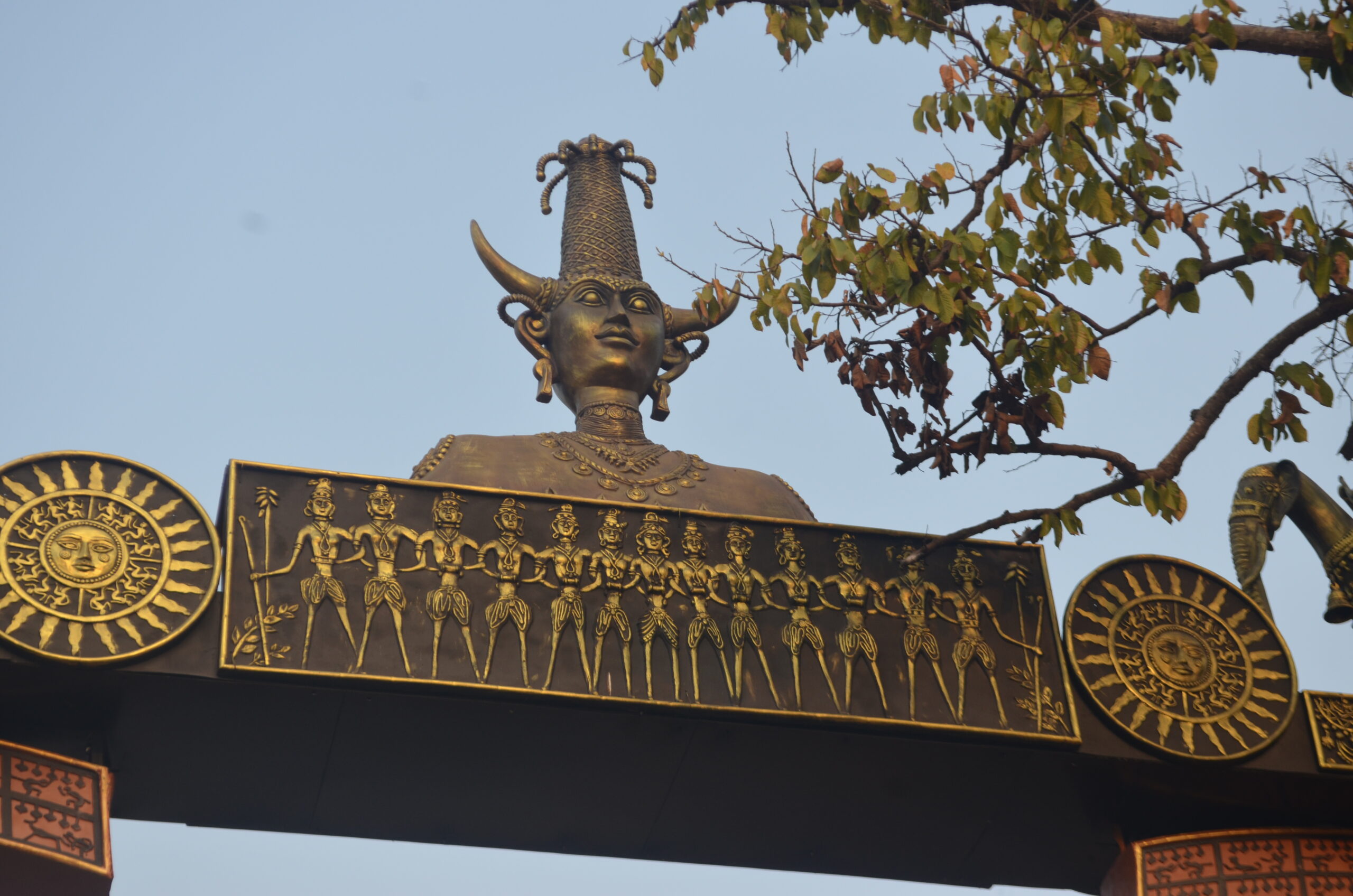Only a few tribal groups, like the Bhil, the Halbi used to speak Indo-European family of language. Apart from their own languages, some of the tribals also speak the regional or state languages for inter community communications.
For example, the Gonds usually speak their own Gondi dialect for their intra tribal communication but while they used to speak with their neighbouring people, they speak either the Chhattisgarhi or the Hindi. Similarly, the Bhil speaks ‘Bhili’, the Santal speaks ‘Santali’, the Ho speaks ‘Ho’, the Munda speaks ‘Mundari’, the Kondh speaks ‘Kondhi’ as so on as their main dialect for intra tribal communication but they also speak the other languages as per their rrequirement to communicate people from other communities. Recently, some tribes of central India have developed their own scripts for easy and better communication and spred of their language. The ‘Al-chiki’ (Ol Chiki) of the Santal is the best example of it. Apart from this, the Ho and the Gonds are also developing their own scripts.
The linguistic landscape of India is composed of four major language families and a number of language isolates and is largely associated with non-overlapping geographical divisions. The majority of the populations speak Indo-European languages, which cover a large geographical area including northern and western India.
Dravidian languages are spoken primarily in southern India with some exceptions, eg, Brahui in Pakistan, Kurukh–Malto in eastern India and Gondi–Manda languages in central India. Austroasiatic language speakers are scattered in pockets mainly towards eastern and central regions, whereas Tibeto-Burman language speakers are found along the Himalayan fringe and in the Northeast of the subcontinent. The genetic ancestry of Austro asiatic and Tibeto-Burman speakers in the subcontinent strongly correlates with the language. However, geography supersedes when we focus on the Indo-European and Dravidian languages.
The geographical distribution of languages in India is largely non-overlapping.5 However, eastern central India presents an amalgam of three major language groups.
This region is home to more than 30% of South Asia’s tribal populations, some of whom still practise hunting and gathering subsistence strategies. Geographically, the rivers Narmada and Tapti act as abundant water sources, and the mountain ranges Vindhya and Satpura act as a significant geographical barrier to casual interaction with adjoining regions.
The complexity of the geography and the fact that this area has historically lain outside of the main thoroughfares of commercial and cultural exchange between the subcontinent’s major Hochkulturen have rendered this region a fringe area, where from Neolithic and Chalcolithic times the local material cultures, as preserved in the archaeological record, were comparatively less developed.



